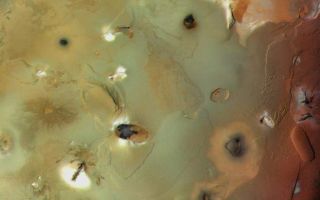
PIA00328: Io, Showing Volcanic Plains and Mountains
|
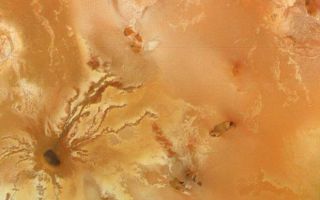
PIA00361: Io Surface Deposits and Volcano
|
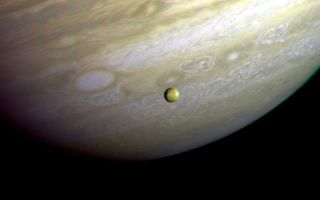
PIA00371: Jupiter - Io In Front of Jupiter's Turbulent Clouds
|
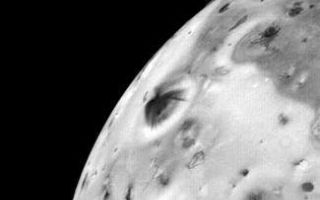
PIA00373: Io - Volcanic Eruption
|

PIA00374: Io - One of at Least Four Simultaneous Erupting Volcanic Eruptions
|
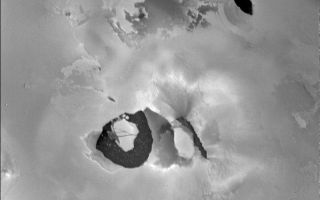
PIA00375: Io - Volcano Loki and Loki Patera
|

PIA00378: Io At 5 Million Miles
|
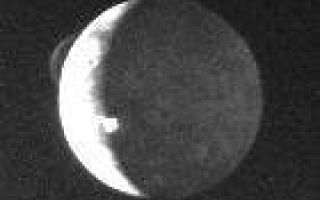
PIA00379: Volcanic Eruptions on Io
|

PIA00401: Io: Cylindrical Projection
|
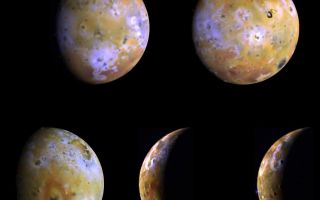
PIA00491: Five Color Views of Io
|
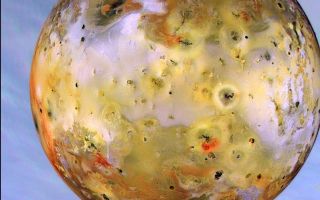
PIA00494: Io in front of Jupiter
|
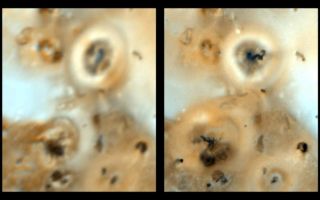
PIA00495: Changing volcanoes on Io
|
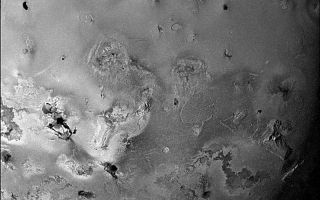
PIA00536: Geologic Landforms on Io
|
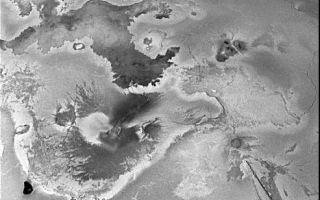
PIA00537: Volcanically Active Regions on Io
|
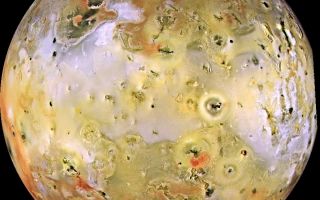
PIA00583: High Resolution Global View of Io
|
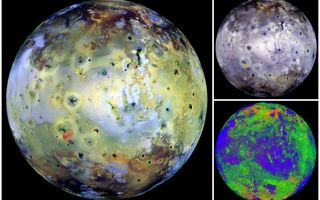
PIA00584: Global View of Io in various colors
|
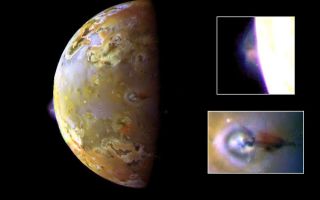
PIA00703: Active Volcanic Plumes on Io
|
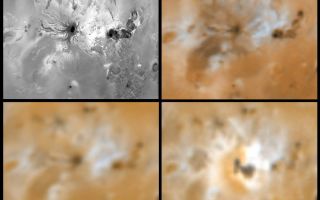
PIA00709: Massive Resurfacing of the Ionian Volcano Ra Patera
|
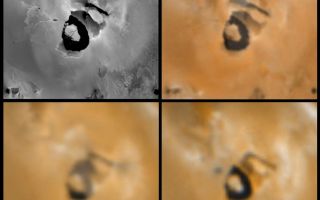
PIA00710: Changes near the Volcano Loki Patera on Io
|
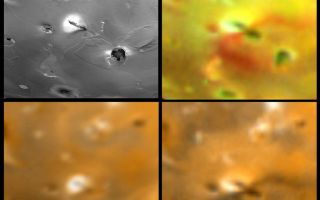
PIA00711: Unusual Volcanic Pyroclastic Deposits on Io
|
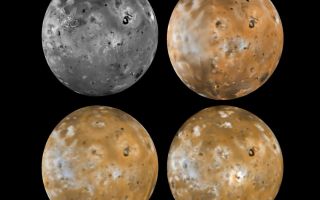
PIA00712: Resurfacing of the Jupiter-facing hemisphere of Io
|
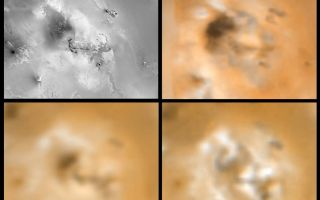
PIA00713: Surface Changes on Io
|
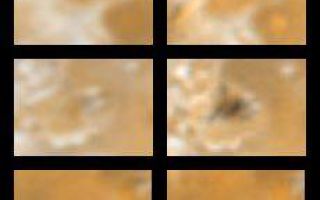
PIA00714: Three Surface Changes on Io
|
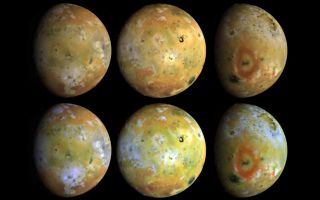
PIA00715: Full Disk Views of Io (Natural and Enhanced Color)
|
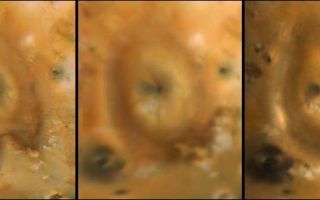
PIA00717: Pele Comparisons Since 1979
|
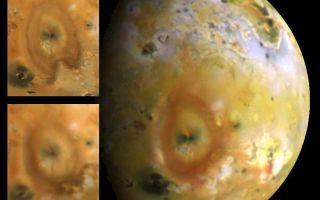
PIA00718: Io's Pele Hemisphere
|
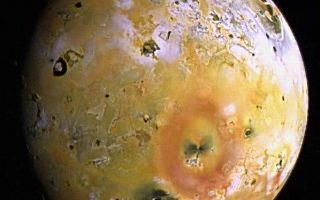
PIA00738: Topography and Volcanoes on Io (color)
|
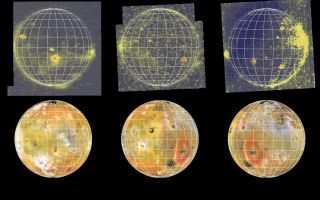
PIA00739: Eclipse Images of Io (3 views)
|
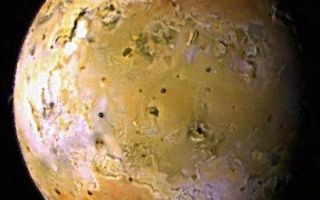
PIA00740: Topography of Io (color)
|
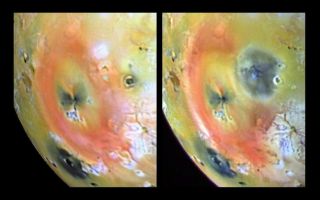
PIA00744: Arizona-sized Io Eruption
|